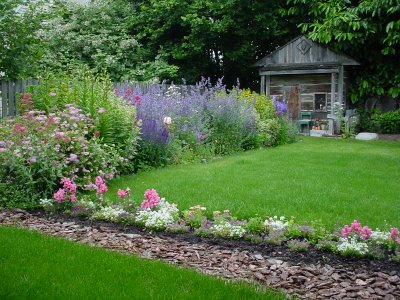But now, I'm wanting my photos to show what I REALLY saw - the crispness, the intensity of color, the impact.....and I don't know how to get it. It's there when I'm looking at it, it just doesn't look the same on the computer screen or on paper. Something is lost.
I'm convinced nothing is better than the moment of observation, and we just can't copy it perfectly. It is like the rush of going down the Snake River in a white-water raft - how can you photograph it to bring it to life?
But, there are a few guidelines, and I'm reading them. Ken Rockwell has a simple way of explaining his craft - photography. So, I'm studying this material. First thing he says to do is to aim for sunrise or sunset - light is everything. There is a 15 minute window during every day where the light is favorable. Usually people are sleeping or eating dinner at that time. A devoted photographer will rise at 3:00 a.m, get to his site, and get set up by 5:00.
That is today's lesson. I'm lazy, I got up at 6:00 a.m., walked outside to my patio, and took this shot.

How do I know if it is good or not? Well, just compare it with this one, taken at 9:00 a.m. There is a difference, isn't there! (Sure looks quiet here, doesn't it.)
But, that doesn't solve the problem with most of the shots I want to take, which are mid-day, out on the prairie of eastern Washington. The air and light there just wash everything out, and water pictures hold a lot of glare. I can tell you, it is a lot more beautiful there than my pictures show. Yesterday, I bought a polarized filter to tone down the glare a little, a cheap little piece of plastic like sunglasses. It may help. But, Rockwell says they only slightly help.
I pressed the mouse onto the photo above to enlarge it, and that white rose needs to be dead-headed.